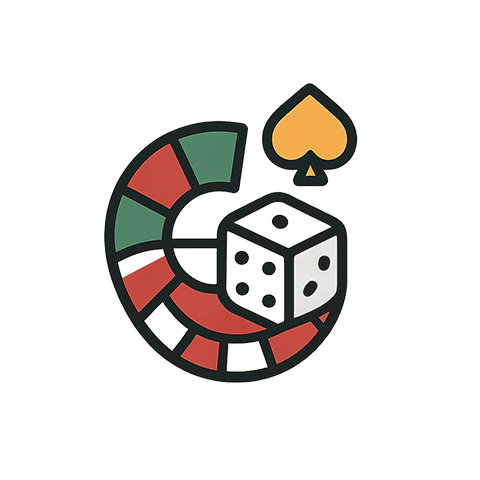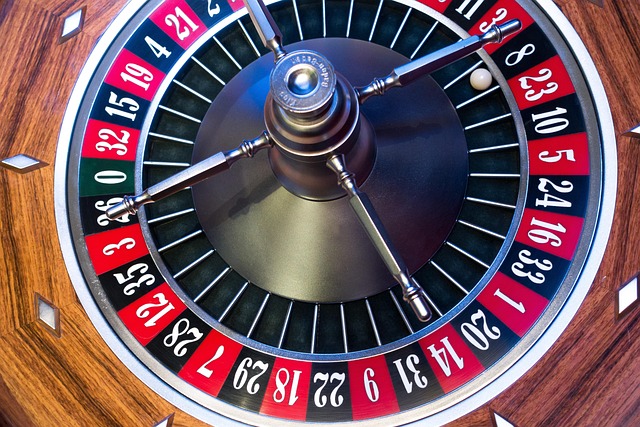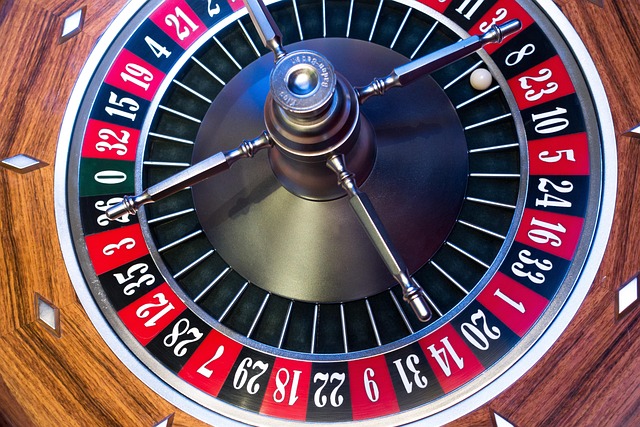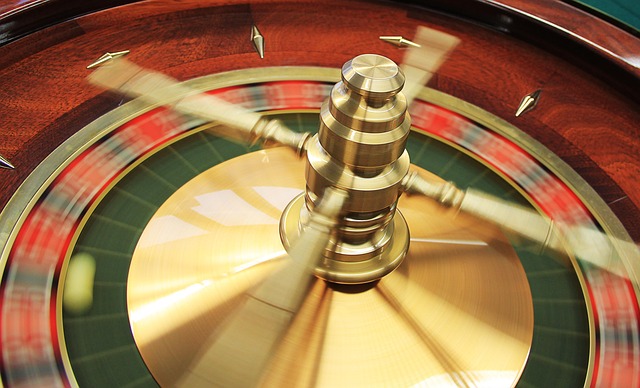Unveiling the Science Behind Roulette Modeling for Strategic Gambling
The thrill of the roulette wheel spinning, the anticipation of where the ball will land, and the chance to turn a small bet into a fortune—these are just a few of the electric emotions that gambling enthusiasts experience in casinos worldwide. But beyond the flashing lights and the cacophony of excitement lies a more profound strategy that many gamblers may overlook: roulette modeling.
At its core, roulette modeling taps into the desire for control in a game often deemed purely random. By leveraging mathematical principles and statistical analysis, players aim to develop strategies that could improve their odds against the house. While no system can guarantee a win—after all, the house always has an edge—understanding the science behind it can not only enhance your gameplay but also deepen the thrill of the experience.
The Basics of Roulette
Before diving into modeling, it’s crucial to understand the basics of roulette itself. The game comprises a spinning wheel, a ball, and a betting table with numerous available options: from single numbers to color bets like red or black. The simplicity of the game is what captures the attention of many, but the complexity of potential strategies keeps players coming back for more.
What is Roulette Modeling?
Roulette modeling refers to the process of using mathematical formulas and statistical techniques to predict outcomes and develop betting strategies. This can involve different approaches, ranging from the classic Martingale system to more intricate algorithms that take into account past outcomes and probability distributions.
Many players adopt variations of betting strategies that focus on maximizing potential payouts, leveraging the probabilities of winning on certain bets. For example, focusing on outside bets can yield a higher success rate, while inside bets may offer larger payouts at a greater risk. By modeling these outcomes, players can better understand which strategies may align with their gambling preferences and risk tolerance.
Mathematics and Statistics in Roulette
The magic of roulette modeling lies in its mathematical foundation. Concepts like the law of large numbers and the gambler’s fallacy come into play as players analyze past results to uncover patterns or tendencies. Although the spin of the wheel is independent, players often search for sequences or ‘hot’ numbers, leading to predicted outcomes based on earlier spins.
Statistical analysis can help identify potential betting patterns, giving players the confidence to make calculated decisions. For instance, using a statistical approach might encourage a player to place multiple bets over time rather than opting for a single high-stakes bet, which could lead to more balanced risk management. These models not only engage the intellect but also amplify the emotional experience of being at the table.
The Role of Technology in Roulette Modeling
As technology advances, so does the ability to create advanced roulette modeling systems. Numerous software applications and online tools are available to analyze past game data, simulate outcomes, and refine strategies. These tools have transformed how modern gamblers approach the game, urging them to embrace a more analytical mindset rather than relying solely on luck.
Players can now track outcomes, analyze trends, and tailor their strategies with unprecedented precision. By integrating technology, the roulette experience can shift from a game of chance to a calculated moment of excitement and strategy, appealing to gamblers looking for a deeper engagement.
Psychological Aspects of Strategic Gambling
Engaging in roulette modeling is not merely about the numbers; it also invokes psychological elements that add layers to the gambling experience. Understanding one’s emotional responses to wins and losses can influence betting decisions, making emotional awareness as critical as the strategy itself. Players who grasp this duality often find themselves more attuned to the ebb and flow of gambling, allowing for more self-control and sharper focus on developing their strategies.
Combining mathematical insight with emotional intelligence creates a holistic approach to gambling. It transforms what could be a mere game of chance into an intricate dance of strategy, psychology, and excitement.
For those who thrive in the captivating world of roulette, employing a well-thought-out modeling strategy can heighten the drama of each spin. It’s about striking a balance between thrill and intellect, embracing the uncertainties while wielding a level of control. Whether you’re a casual player or a serious strategist, exploring the science behind roulette modeling promises to amplify your gaming experience, making each visit to the casino a tantalizing journey of potential wins and excitement.




